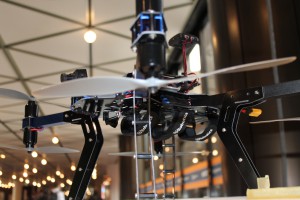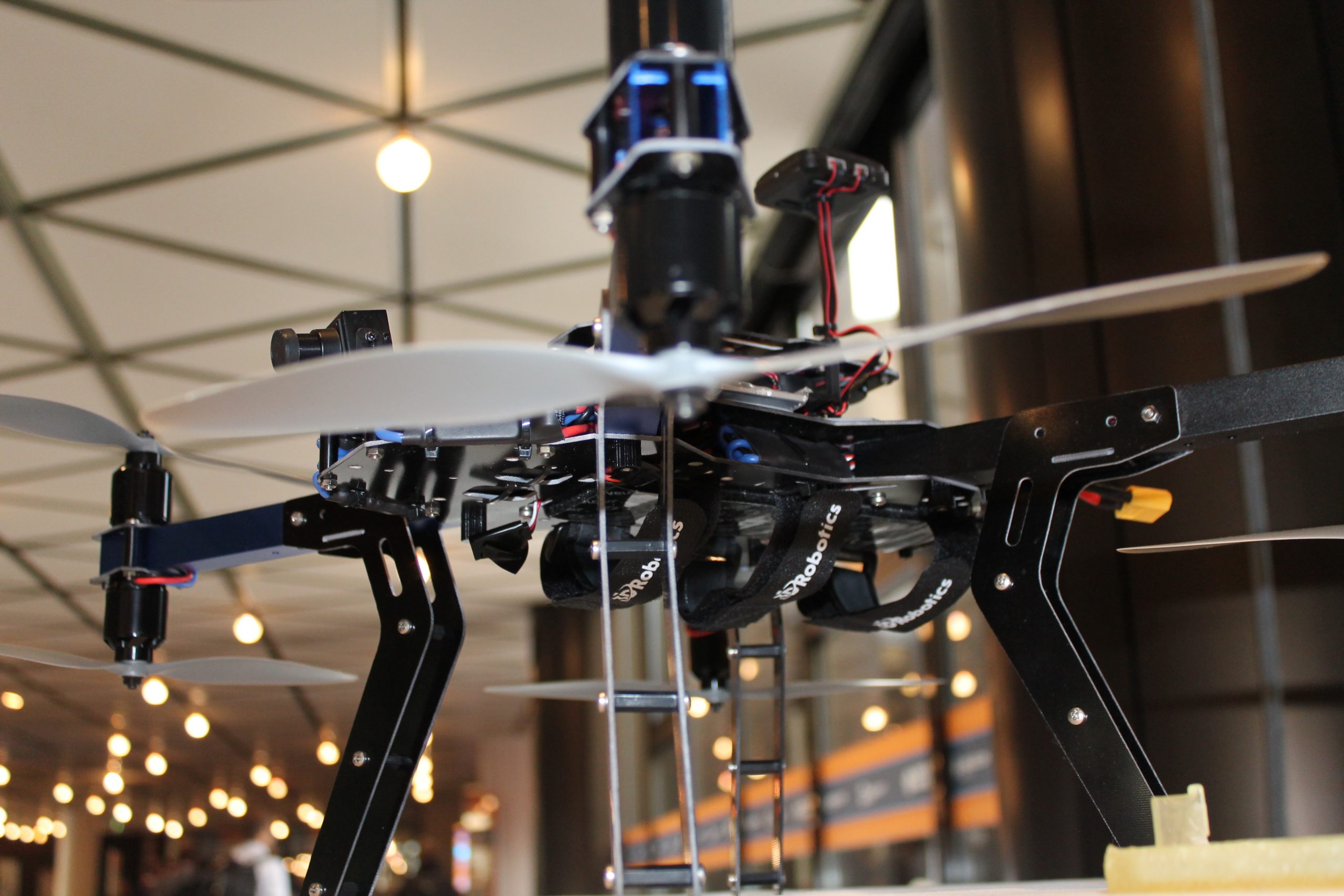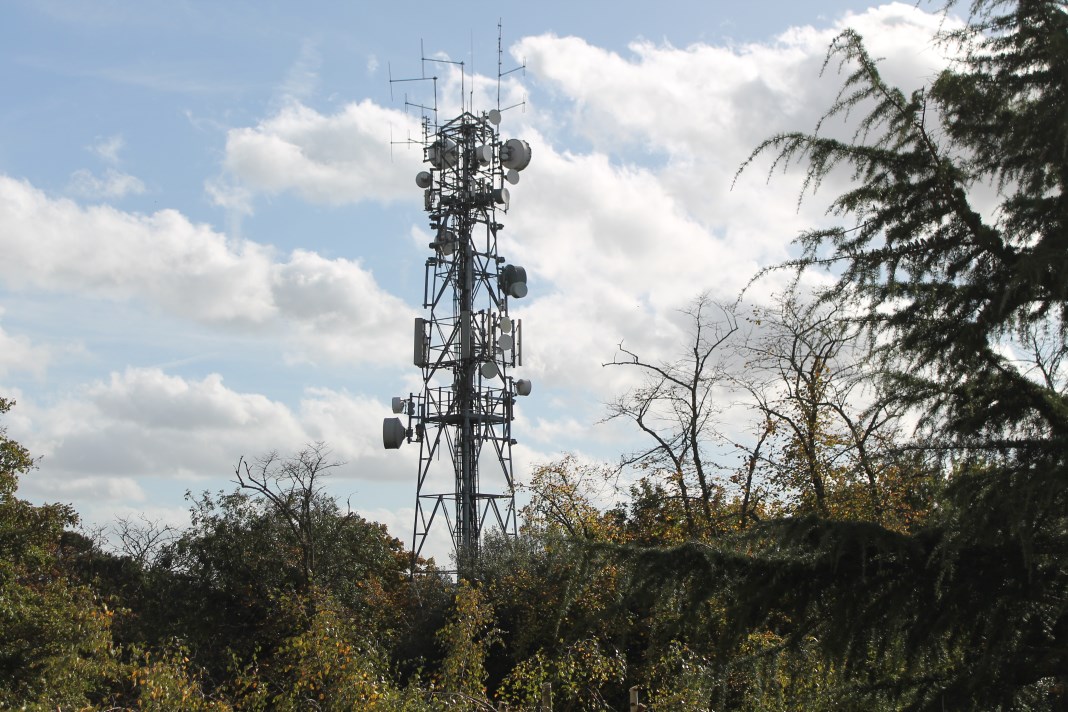Linux has launched a new project for developers to build drones and share the source code.

Launching the DroneCode Project at Linux’s European gathering in Duesseldorf, Germany, Zemlin envisaged rapid growth. More than 150 developers a day are committing to the project which has 1,200 collaborators.
FI asked Zemlin whether this would provide opportunities for individuals or groups to build military drones, perhaps for use in terrorist attacks. His jaw dropped and he looked genuinely shocked. “No. People will use the project to find new ways to do good” he said.
Founding members of the Drone Code Project include 3D Robotics, Box, DroneDeploy, jDrones, Laser Navigation, SkyWard, Squadrone System, Walkera and Yuneec. Dronecode includes the APM UAV software platform and associated code, which until now has been hosted by 3D Robotics, a world leader in advanced UAV autopilot and autonomous vehicle control. The company was co-founded by Chris Anderson, formerly editor-in-chief of Wired. The DroneCode project will also incorporate the partner PX4 project, led by Lorenz Meier from ETH, the Technical University of Zurich.
Drones for good
Zemlin stressed the benign uses of drones such as spotting areas of farmland that need water or fertiliser, warning of traffic jams ahead and preventing crime by aerial surveillance. “It’s about helping people, not killing people” he said, and pointed out that as the technology becomes more widely used it is helpful to have open source code so that a community of developers can work together to make drones better and more effective.
Commercial users already include DHL and Amazon, with other retail and delivery companies sure to switch to drones where it gives them a competitive edge. Many people fly remote-controlled quadrocopters for fun, or to spy on their neighbours and photograph their friends from new angles. Europol cybercrime head Troels Oerting, interviewed on the PassWord radio show on Resonance FM, predicted that drug dealers would soon use unmanned aerial vehicles as an undetectable means to deliver their goods to clients.
Accidents
However even hobby drones can cause serious injuries, some of which are pictured on YouTube. An Australian triathlete was injured and had to pull out of the race when a photographer’s drone spun out of control and hit her on the head. The Washington Post has a swelling database of accidents involving military UAVs (Unmanned Aerial Vehicles). Twenty-six nations including Iran, Palestine, Israel, Mexico and Botswana are known to have armed drones. As FI reported http://bit.ly/1r9K48B the UK has been using Reaper UAVs to hit targets in Afghanistan. Ministry of Defence statistics revealed in a Parliamentary answer to Angus Roberston MP show that bombs dropped from drones as a percentage of all bombings rose from 52% to 82% in the period from 2009 to 2013-4 when troops began to be withdrawn. This means a substantial majority of UK bombing raids are now delivered by drone. (source: dronewars.net).
For better or worse,the source code is open to all thanks to the Linux Foundation so developers can work towards safer and more accurate uses for the technology and join the online debate about the ethics of remote-controlled warfare and surveillance.



